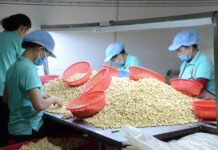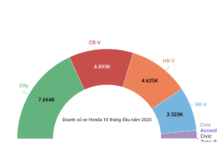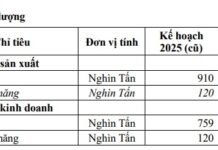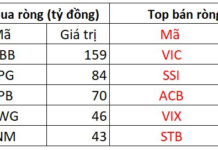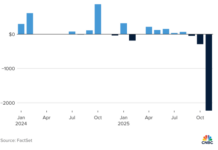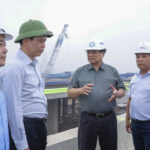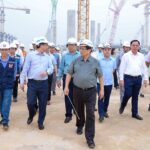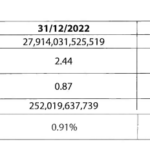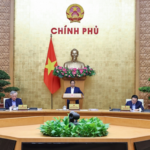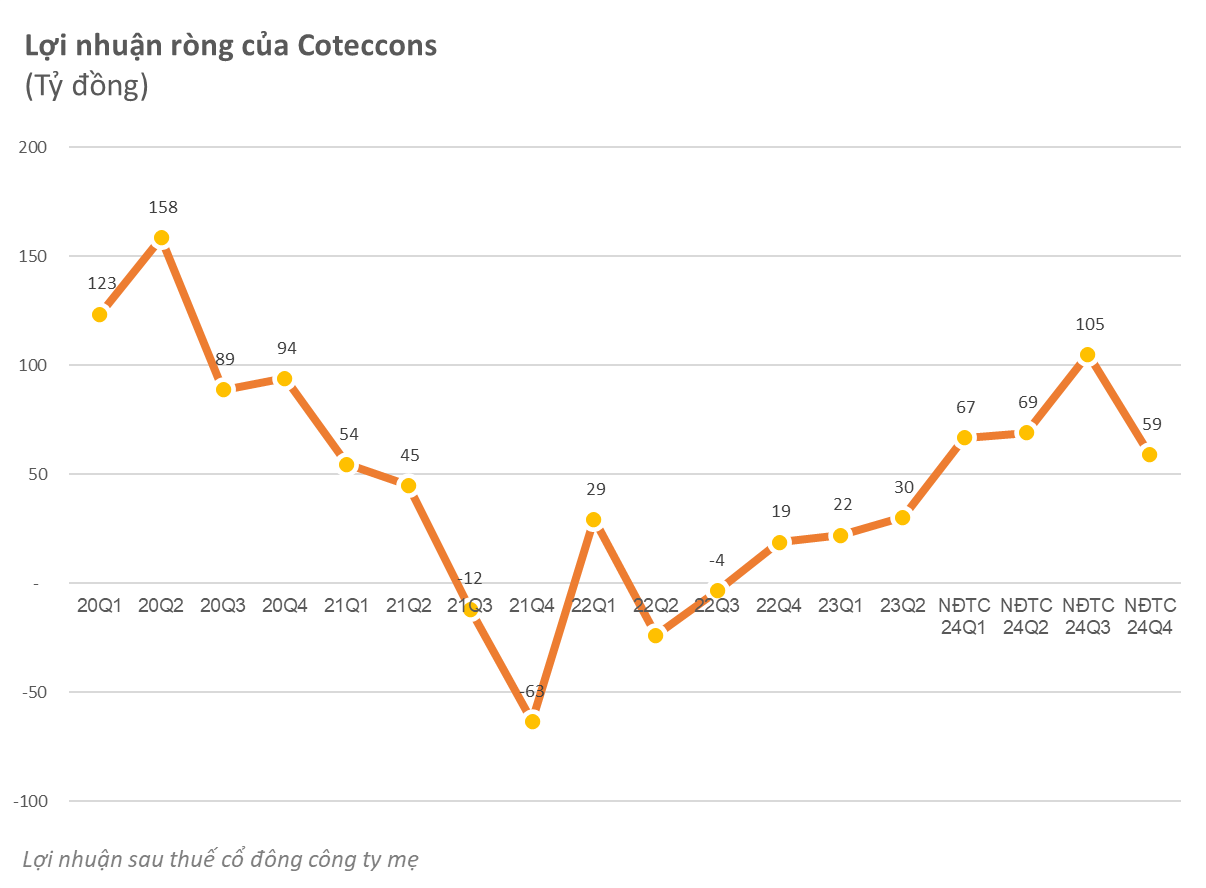On November 30, the National Assembly officially passed a resolution approving the investment policy for the high-speed North-South railway project with 443 out of 454 deputies voting in favor.
The project has a total length of approximately 1,541 km, starting at Ngoc Hoi Station in Hanoi and ending at Thu Thiem Station in Ho Chi Minh City, passing through 20 provinces and centrally-run cities.
In terms of scale, the project involves the construction of a new double-track line with a standard gauge of 1,435 mm, designed for a speed of 350 km/h and an axle load of 22.5 tons. It will include 23 passenger stations and five freight stations, along with necessary facilities and equipment. The high-speed railway will primarily cater to passenger transport, with the capability for freight transport if needed, and will also serve national defense and security purposes.
The project is estimated to require approximately 10,827 hectares of land. The preliminary total investment capital is VND 1,713,548 billion (over $67 billion). The capital sources include the state budget allocated in the medium-term public investment plans and other legal capital sources.
According to Yuanta Securities, the project will benefit several industries, including iron and steel, construction materials, construction contractors, power and electrical equipment, railway companies, banks, and real estate.
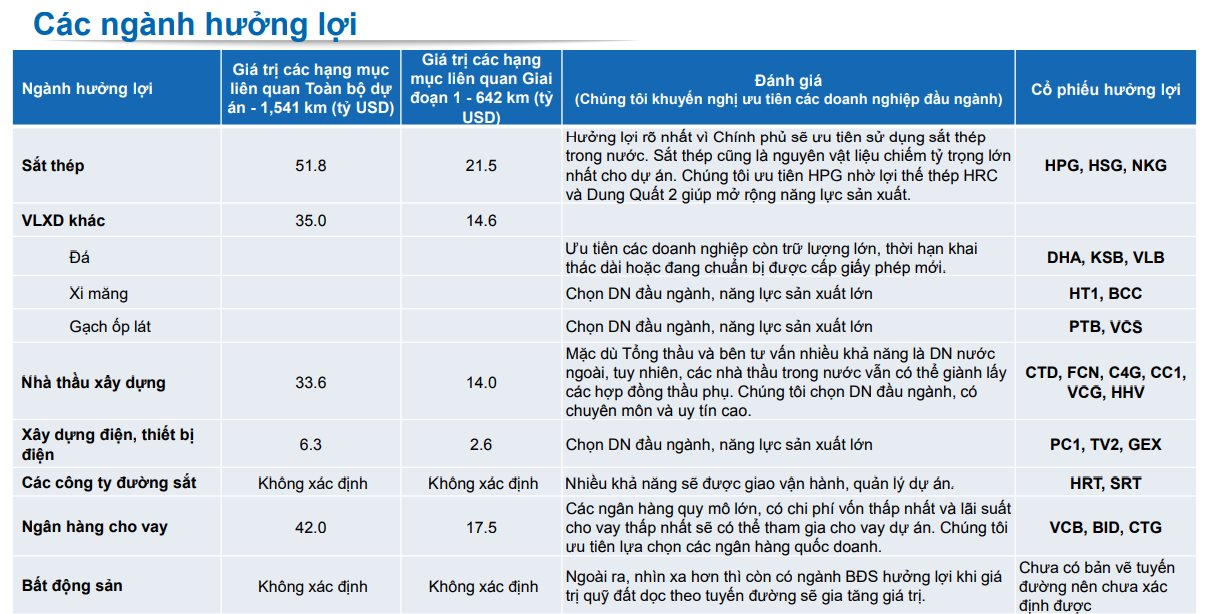
Among these, Yuanta highlights the iron and steel industry as the clearest beneficiary, as the government will prioritize the use of domestic steel. Iron and steel also account for the largest proportion of materials required for the project. Yuanta favors Hoa Phat (HPG) due to its advantages in HRC steel and the Dung Quat 2 project, which expands its production capacity. They estimate the value of the iron and steel-related categories in the project to be around $51.8 billion.
At a conference between the Government’s Standing Committee and enterprises in September 2024, Mr. Tran Dinh Long, Chairman of the Board of Directors of Hoa Phat Group (HPG), shared that the company has been preparing and researching the development of steel for high-speed railway tracks for the past 2-3 years.
Mr. Long affirmed that Hoa Phat is capable of supplying the required volume of 6 million tons of various types of steel for the project, especially high-speed rail steel and high-strength prestressed steel. The company commits to providing steel that meets quality standards, timely delivery, and competitive prices compared to imported steel.
The construction materials sector (stone, cement, and tiles) is estimated to account for $35 billion in value. For stone suppliers, Yuanta prioritizes companies with large reserves, long extraction periods, or those in the process of obtaining new licenses, such as Hoa An, Binh Duong Minerals and Construction, and Bien Hoa Construction and Building Materials Production.
For cement and tiles, they recommend focusing on leading companies with large production capacities, such as Xi Mang VICEM Ha Tien, Bim Son Cement, Phu Tai, and Vicostone.
Regarding construction contractors,
Yuanta acknowledges that while the main contractor and consultant are likely to be foreign entities, domestic contractors can still secure subcontracts. They suggest considering well-respected industry leaders such as Coteccons, Fecon, CIENCO4, Construction Corporation No. 1, Vinaconex, and Deo Ca Transport Infrastructure Investment.
For banks providing loans,
Yuanta believes that large-scale banks with the lowest capital and lending rates will be in a position to participate in project financing. They prioritize state-owned banks for this reason.
A Race Against Time: Long Thanh Airport – A 2025 Vision
On December 3rd, Prime Minister Pham Minh Chinh visited Dong Nai to inspect and expedite the progress of two key infrastructure projects: the Long Thanh International Airport and the Bien Hoa-Vung Tau Expressway. With his keen interest and personal involvement, the Prime Minister emphasized the importance of these projects in boosting the region’s economic development and connectivity.
The New Highway to Success: Khánh Hoà – Buôn Ma Thuột Expressway Fast-Tracks Its Way to the Finish Line
The construction of the Khanh Hoa – Buon Ma Thuot Expressway has been underway for 18 months, and there are just over eight months left to complete this monumental route that will connect the forests to the sea, under the directive of the Prime Minister. The investors and contractors are laser-focused on marshaling their resources and manpower to ensure the project meets its deadline and delivers a transformative transportation link.
The Prime Minister’s Fifth Inspection of the Long Thanh Airport Project Site
On December 3rd, Prime Minister Pham Minh Chinh visited Dong Nai to inspect the progress of two key infrastructure projects: the Long Thanh International Airport and the Bien Hoa-Vung Tau Expressway. With a keen eye for detail, the Prime Minister assessed the development of these projects, which are expected to boost economic growth and connectivity in the region.
No Delays for the Expressways in the Mekong Delta Due to Sand and Stone Shortages
Deputy Prime Minister Tran Hong Ha has instructed the Ministry of Transport, relevant agencies, and contractors to proactively coordinate with local authorities to expedite the supply of fill materials. He emphasized that there should be no delays in the construction of expressways in the Mekong Delta region due to a shortage of sand and rocks.

